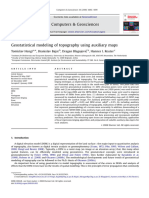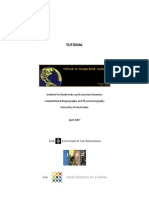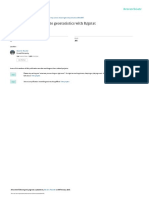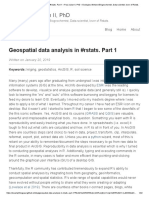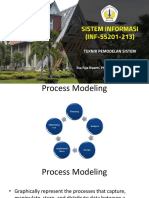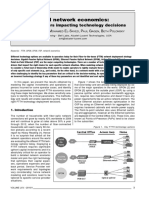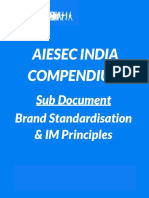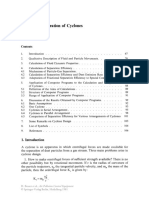0% found this document useful (0 votes)
3 views10 pagesHandling Digital Elevation Model Data With R
This document provides a comprehensive guide on handling Digital Elevation Models (DEMs) using R and RStudio, focusing on geospatial analysis techniques. It covers essential skills such as importing, visualizing, and processing DEM data, as well as deriving key terrain attributes like slope, aspect, Terrain Ruggedness Index (TRI), and Topographic Wetness Index (TWI). The exercise emphasizes reproducibility and automation in analysis, along with practical steps and required packages for effective DEM manipulation.
Uploaded by
manasranjandashCopyright
© © All Rights Reserved
We take content rights seriously. If you suspect this is your content, claim it here.
Available Formats
Download as PDF, TXT or read online on Scribd
0% found this document useful (0 votes)
3 views10 pagesHandling Digital Elevation Model Data With R
This document provides a comprehensive guide on handling Digital Elevation Models (DEMs) using R and RStudio, focusing on geospatial analysis techniques. It covers essential skills such as importing, visualizing, and processing DEM data, as well as deriving key terrain attributes like slope, aspect, Terrain Ruggedness Index (TRI), and Topographic Wetness Index (TWI). The exercise emphasizes reproducibility and automation in analysis, along with practical steps and required packages for effective DEM manipulation.
Uploaded by
manasranjandashCopyright
© © All Rights Reserved
We take content rights seriously. If you suspect this is your content, claim it here.
Available Formats
Download as PDF, TXT or read online on Scribd
/ 10
















